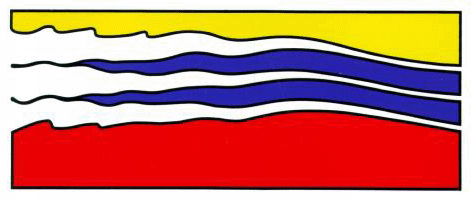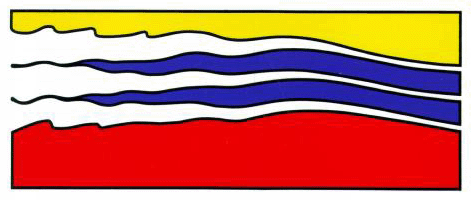
4111 Monarch Way, 3rd Floor
Old Dominion University
Norfolk, VA 23508
757-683-4940


The last period of widespread continental glaciation prior to
the Cenozoic was the Late Carboniferous and Early Permian Periods
(330-270 million years ago). Studying this Late Paleozoic Icehouse is
an important exercise in comparative climatology and biogeochemistry,
since the Earth was geographically and biologically different than the
present day. Late Paleozoic glaciation is currently thought to be
limited to high-latitudes (no lower than 50°S) in the southern
supercontinent of Gondwanaland. In this talk, I will review evidence of
low-latitude dust and upland glaciation that challenges the dominant
paradigm, suggesting that there was extensive "third pole" glaciation in
the ancient Appalachians, while continental ice sheets may have reached
30° latitude in both hemispheres. I will then explore the
possibility that higher levels of explosive volcanic activity could
explain the intensity of this ancient cold snap.
Nicholas Heavens received a B.S. degree in Geophysical Science from the University of Chicago and M.S. and Ph.D. degrees from Caltech in Planetary Science. He then was a Postdoctoral Research Associate in Earth and Atmospheric Sciences at Cornell University. Currently, he is Research Assistant Professor of Planetary Science at Hampton University, where he studies Martian meteorology, the atmospheric dynamics of Jupiter and Saturn, and the climate of the Late Paleozoic. He is also on the Advisory Board of STEPPE, a new NSF-funded consortium that is working to organize investigators of the Earth's sedimentary crust.

|
Innovation Research Park Building I 4111 Monarch Way, 3rd Floor Old Dominion University Norfolk, VA 23508 757-683-4940 |

|